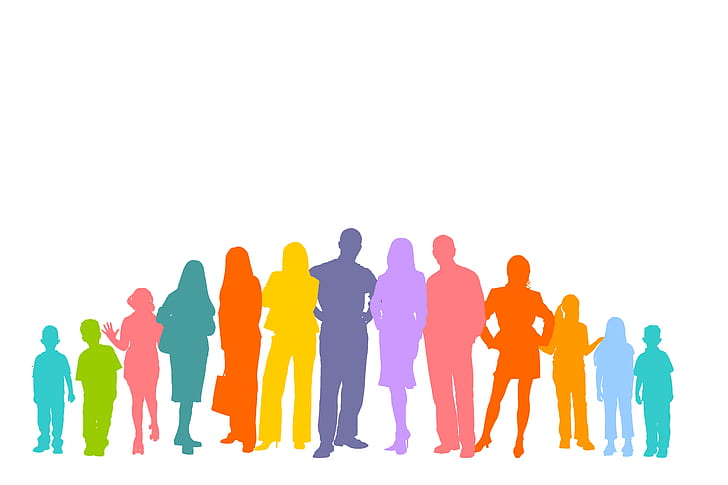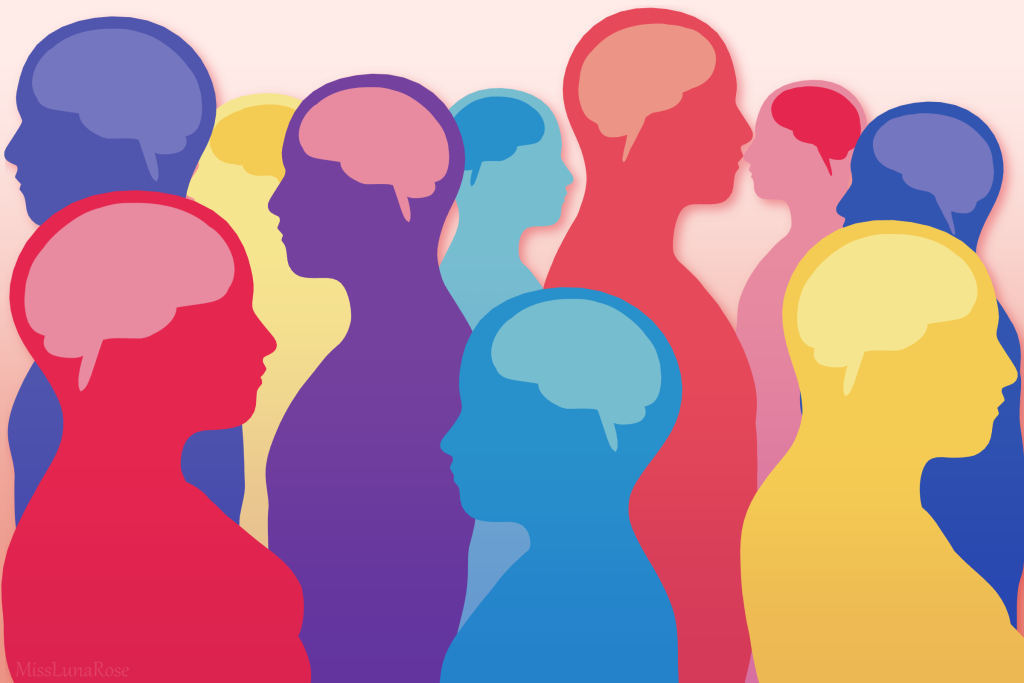
Neurodiversity encompasses a wide range of brain functions and thinking styles, including dyslexia, ADHD, and autism. A neuroinclusive workplace values these differences and creates an environment where everyone can thrive. We think it is always best to stress the benefits that neurodiverse employees can bring to an organisation and that acknowledging those benefits is part of the work of being neuroinclusive. However, it is also true that there can be barriers to neurodiverse individuals finding employment, and also, once they are within the workplace, there can be things in place that make work unnecessarily stressful for them. Luckily, there are many things that we as employers and colleagues can do to make our workplaces more neuroinclusive. Many of these changes will benefit all employees, so it is well worth thinking about setting up your workplace with neuroinclusivity in mind.
Some things that can make a workplace uncomfortable for neurodiverse individuals are obvious – it is well known that many autistic people, as well as those with ADHD may have difficulties with very bright lights or noisy environments. These things should be taken into account when offices and other workplaces are being designed. Universal design is the practice of designing environments so that they can be accessed and understood by everyone. Applying universal design principles is one scenario where when we make adjustments to cater for specific needs, it turns out that more people benefit than just those who the intervention was originally designed for.
Flexibility around work schedules and openness to facilitate employees who wish to work from home will also help alleviate some of the problems of a stressful work environment. Again, this flexibility can improve conditions for many employees, not only neurodiverse ones.
There are other more subtle factors that can cause stress to neurodiverse workers. Workplace culture, unspoken rules and “the way things are done around here” can all cause undue stress. It may seem like a strange idea to a neurotypical person, but a short written document on workplace traditions and culture could be included with all new employees’ induction packs when they begin their employment.
But neuroinclusivity at work starts much earlier than when employment starts. When writing up the listing for a job vacancy, we should always make sure that the language we use does not inadvertently exclude any potential hires. This is good practice for diversity and inclusion reasons, but for neuroinclusivity in particular there are some principles to follow. Always write clear, skills-based job descriptions, avoiding flowery and vague language. We should avoid any ambiguity, for example including “nice-to-haves” in a job description can cause some candidates to regard them as strict rules on who can and cannot apply. We should also avoid over-emphasising experience or academic achievement.
At interview, one technique which can help with hiring diverse candidates is to use work sample questions instead of asking the interviewees to give you examples of what they did in a certain scenario. These types of questions and/or job simulations are a good indicator of how a candidate will perform in their role, and they can be less stressful for interviewees than “tell me about a time when…” type questions. The answers to the work sample questions can then be scored against a rubric, which the company can determine beforehand. Scoring interviews this way can help to mitigate some of the bias in favour of people who have an extroverted communication style, and lead to fairer hiring practices.

At Mersus Technologies, we recognise that diversity is a crucial element for fostering creativity, agility, and innovation. As a leader in the virtual reality (VR) training industry, we are committed to creating an inclusive environment that values neurodiverse individuals and their unique contributions.
Neurodiverse individuals bring a range of cognitive strengths that are invaluable in the tech industry. Their unique problem-solving abilities, attention to detail, and creative thinking enhance our ability to develop cutting-edge VR training programs. We have found individuals who excel in pattern recognition and systemizing tasks, which are critical for our software development and data analysis.
As a company that produces VR for training and education, it is essential that a diverse set of people – including neurovdiverse people – are involved in our design and production process at all levels. This ensures that we are producing a product that resonates with and works for the widest possible range of different people.
To sum up the ways we can ensure that our workplace embraces neuroinclusivity, here are some key points to remember:
- Educate and Raise Awareness: Organise training sessions to educate employees about neurodiversity and its impact in the workplace. This fosters understanding and reduces stigma.
- Open Communication: Encourage open communication about individual needs and preferences This could involve offering multiple ways to receive instructions (written and verbal) or allowing for flexible work arrangements.
- Embrace Flexibility: Consider offering flexible work schedules, quiet workspaces, and breaks throughout the day. Some employees may work better in non-traditional settings or require adjustments to sensory input.
- Value all Contributions: Create a culture where all voices are heard and valued. This can involve implementing feedback mechanisms that cater to different communication styles.
- Emphasise the benefits: A neuroinclusive workplace isn’t just the right thing to do, it’s good for business . Studies have shown that diverse teams are more innovative and productive.
- Focus on specific examples: Provide specific examples of how to make your workplace more inclusive, For instance, you could mention offering noise-cancelling headphones or allowing employees to take breaks in quiet rooms.
- Gather employee input: Don’t make assumptions! Gather feedback from your employees about their individual needs and preferences. This will help you tailor your approach.
- Celebrate neurodiversity: Frame neurodiversity as a strength, not a weakness. Highlight the unique talents and perspectives that neurodivergent employees bring to the table.
Neuroinclusivity permeates all aspects of hiring, work, and colleague interactions. Employers must implement neuroinclusivity principles throughout their organisations. Employees should be supported in understanding and collaborating with colleagues who have different thinking and communication styles through comprehensive training and awareness programs. After addressing significant barriers faced by neurodivergent workers, it is essential to challenge the subtle biases that persist. For instance, while it may be commonplace to encounter an autistic coder or engineer, we may find it surprising to see neurodivergent individuals in less stereotypical roles. We must abandon the notion that neurodivergent people excel only in specific areas. Neurodiversity represents a broad spectrum of the population, encompassing a wide range of skills, strengths, weaknesses, and interests. By adopting the practices outlined above and valuing individuals with diverse thinking styles, we can foster a work environment where everyone has the opportunity to reach their full potential.
At Mersus Technologies, we actively seek to include neurodiverse individuals in our workforce. Our recruitment and development programs are designed to identify and nurture the unique talents of every individual. We also provide ongoing training and support to ensure that all employees can contribute effectively and feel valued. Embracing neurodiversity is not just a moral imperative but a strategic advantage. At Mersus Technologies, we are proud to champion an inclusive approach that leverages the full spectrum of human talent. By doing so, we are paving the way for a more innovative and dynamic future in the VR industry.